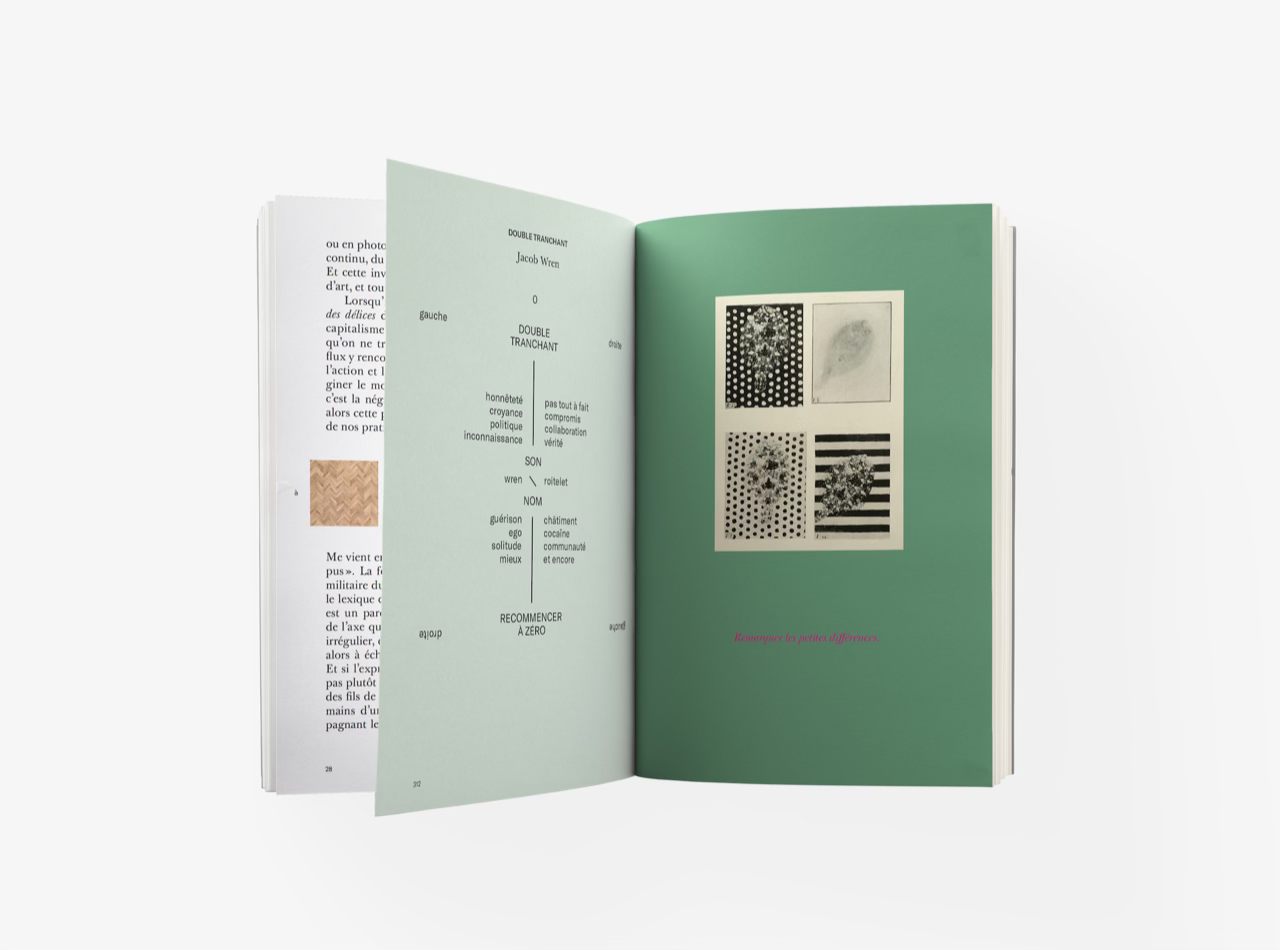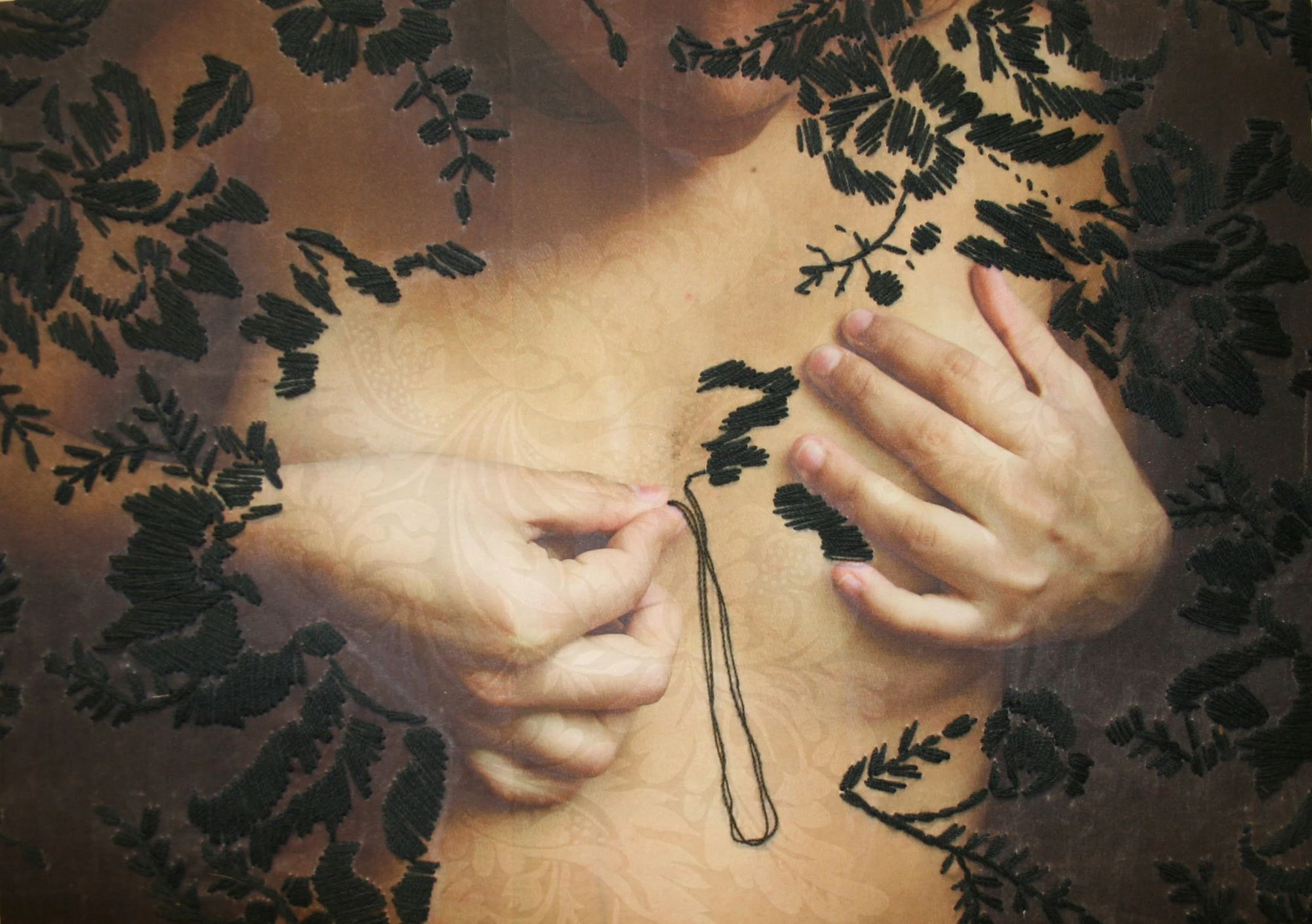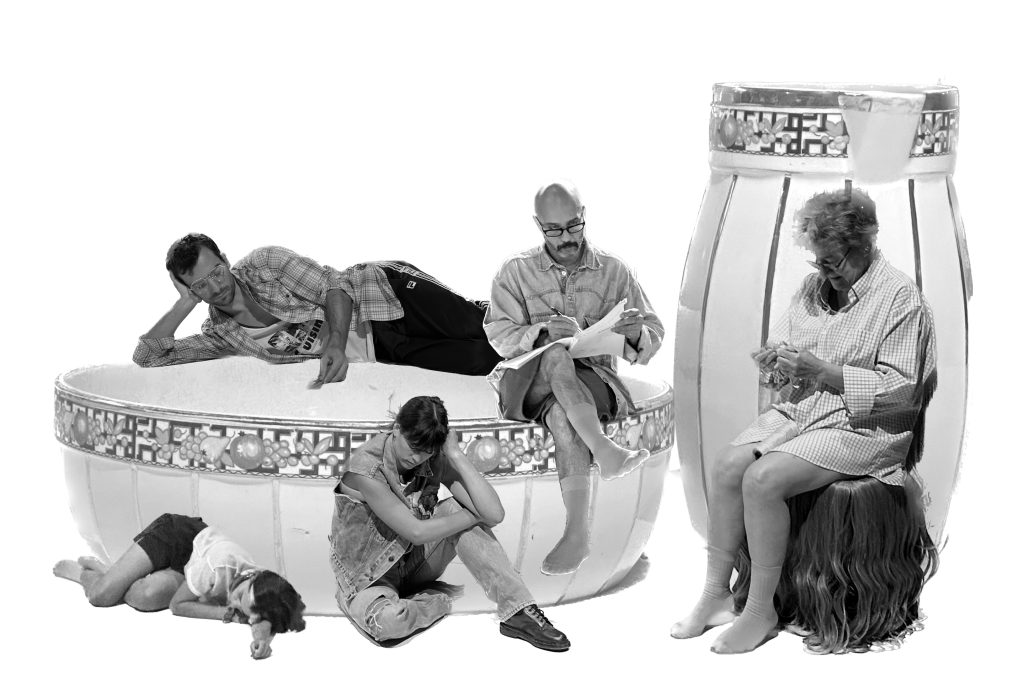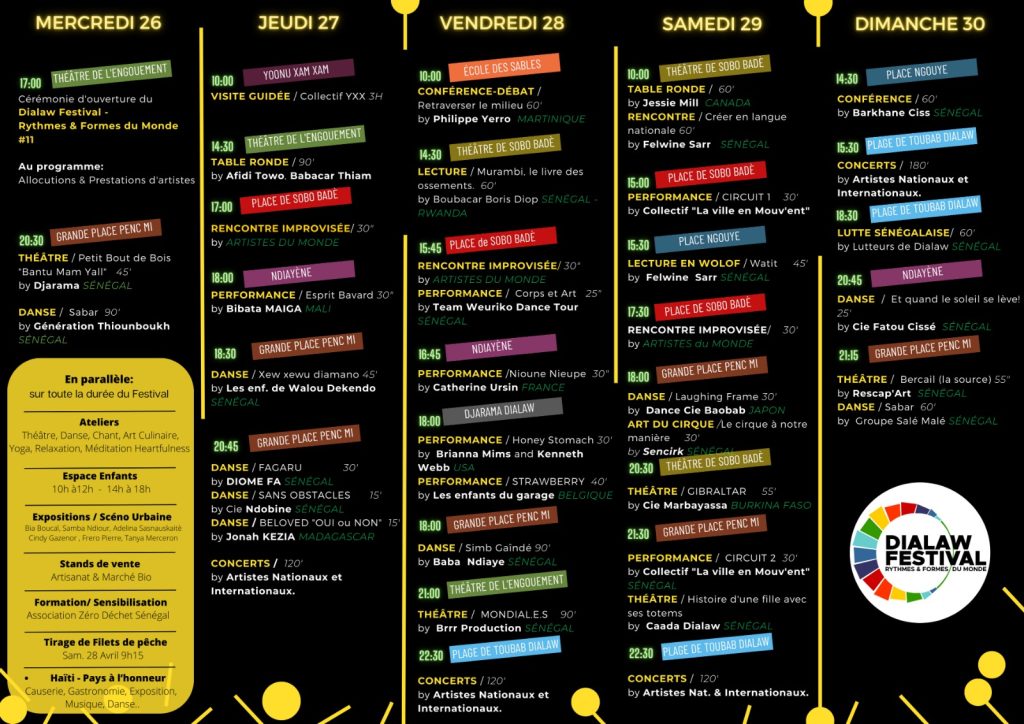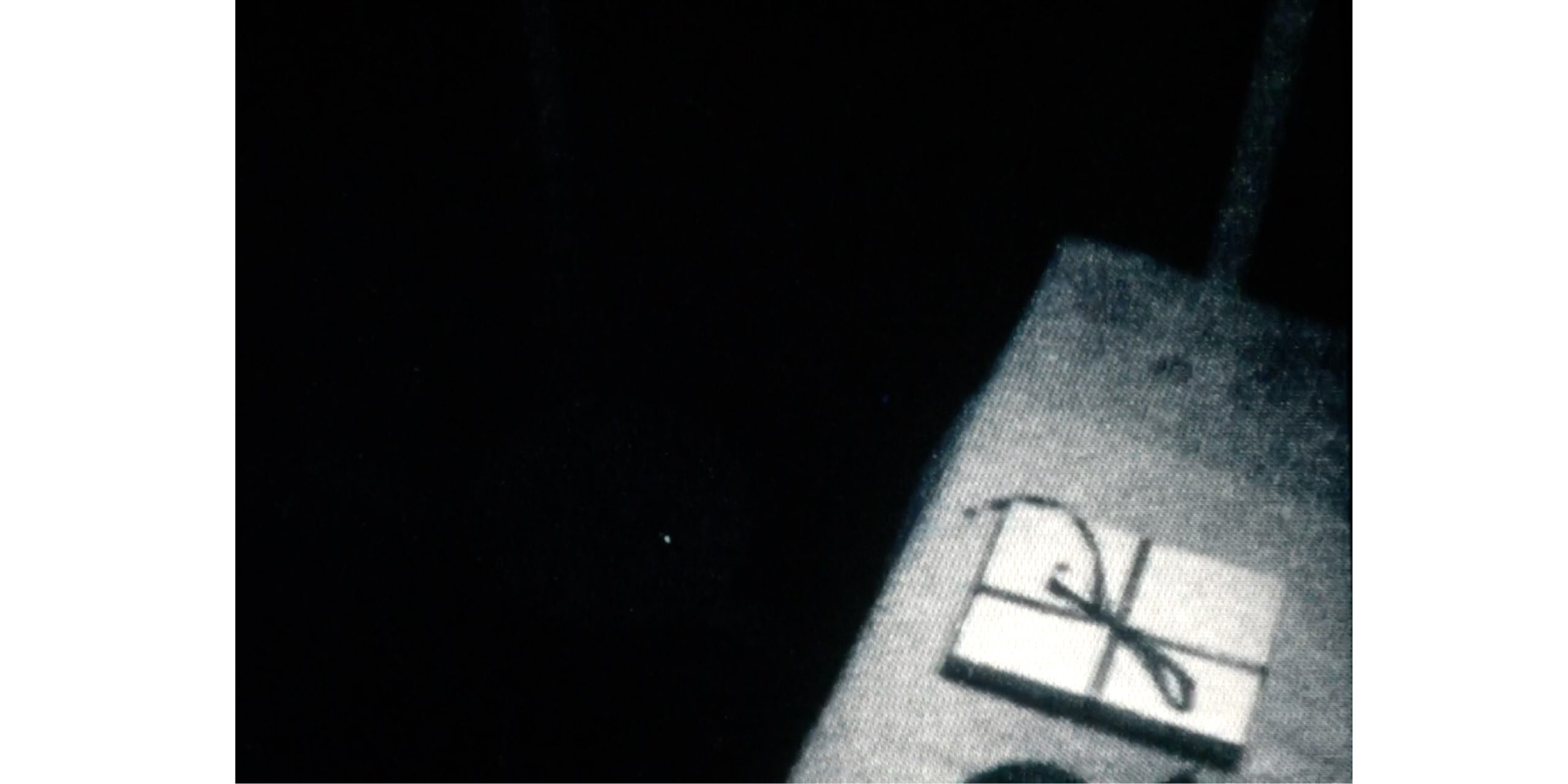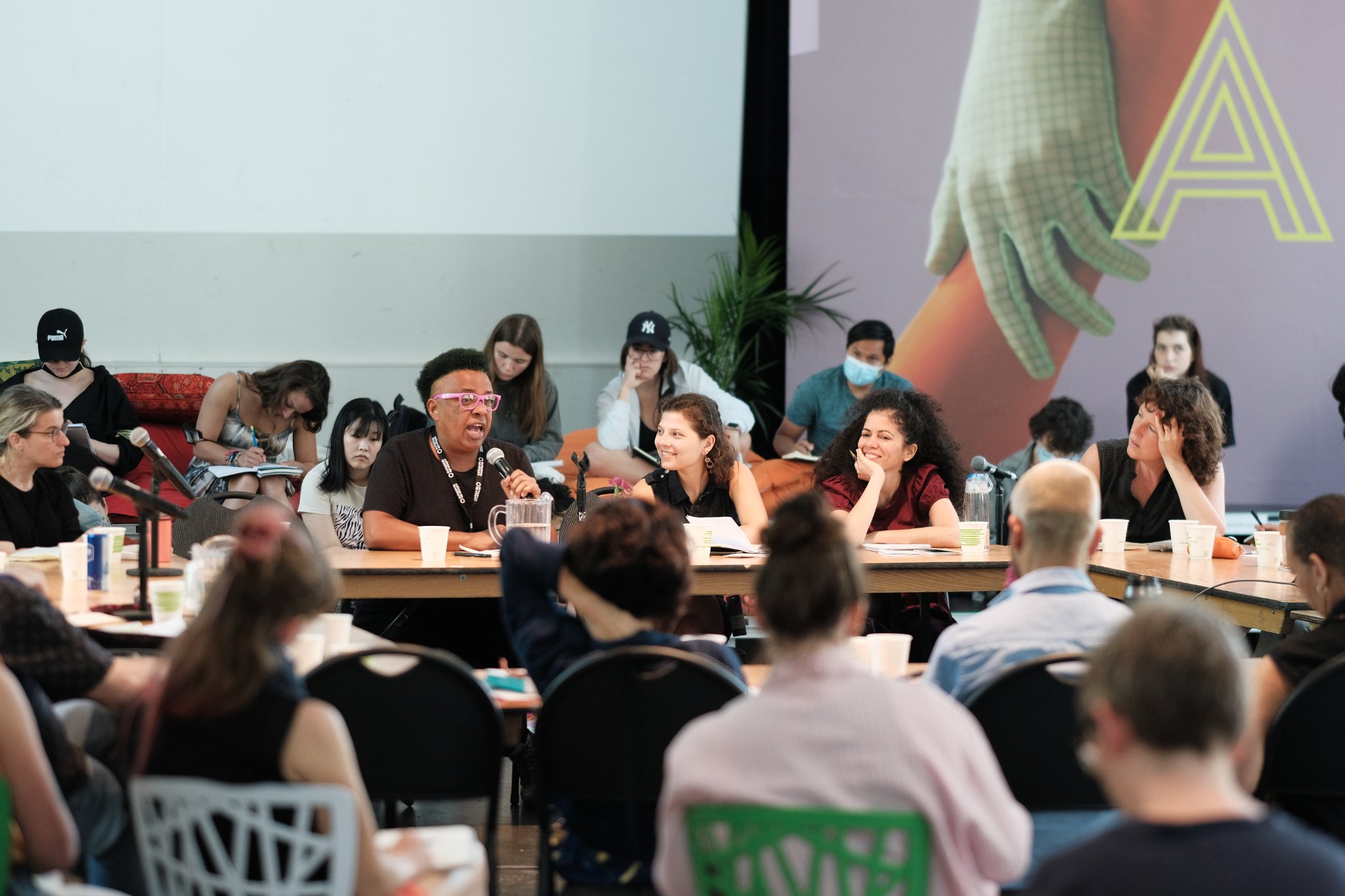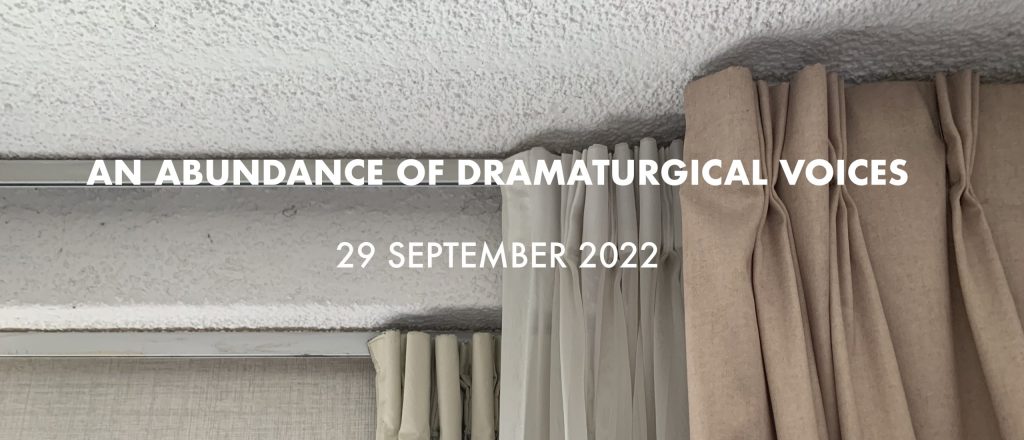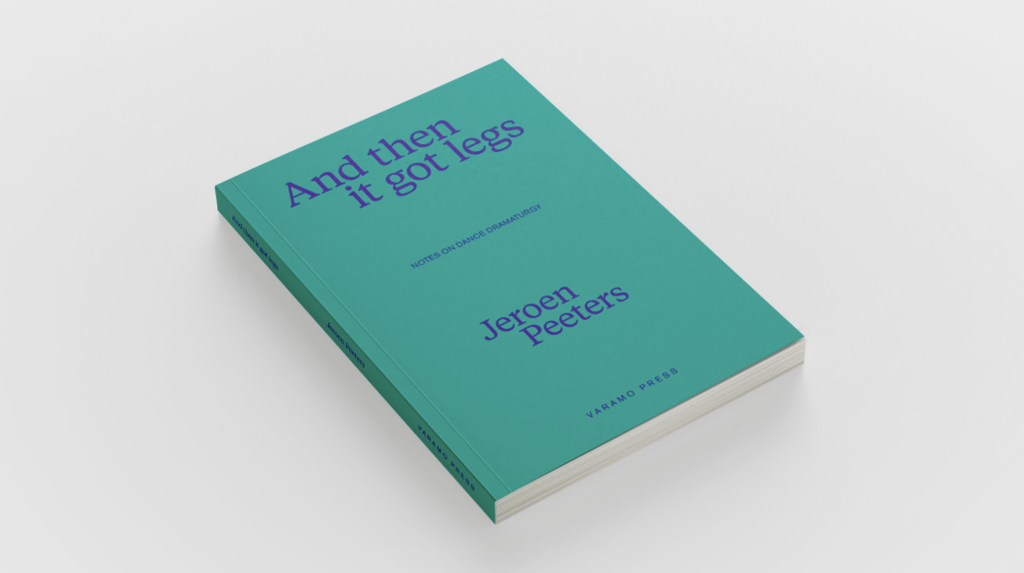World Première – Lisi Estaras’ What We Can Do Together is coming up!
Our dramaturg Sara Vanderieck has been collaborating with choreographer Lisi Estaras on different performances since 2011. This week their new creation What We Can Do Together will meet its first audiences in Bruges, Leuven and Brussels.
Since 2016, Estaras has focused on inclusive dance practices and working with mixability dancers – dancers with diverse abilities. What We Can Do Together, a collaboration between MonkeyMind Company (BE) and Unmute Dance Company (SA), is a new step in this oeuvre. The creation of the performance began in 2022 with a residency in Bloemfontein, South Africa, where Estaras collaborated with dancers from the MonkeyMind company from Ghent and the Unmute Dance Company from Cape Town. Today, the performance is ready for its world premiere.
Uniting eight dancers from Europe and Africa, from various cultural backgrounds, dance styles, body types and abilities, Lisi Estaras emphasises ‘mixability’ and the beauty of diversity. In What We Can Do Together, the performers engage in a provocative dialogue that challenges our perceptions through the use of diverse forms of language, fantasy, humor, music, and dance. The piece questions our limited and limiting notions of youthfulness, fitness, whiteness, and ability that we encounter daily. This exploration opens a door to a new form of expression where different bodies interact, celebrating their uniqueness. The work explores how dance can push the boundaries of communication and invites the audience to look beyond limitations and discover beauty in diversity. What We Can Do Together offers a profound exercise in understanding each other without striving for absolute clarity. The result is funny, revolutionary, energetic, touching, impressive, absurd and simply beautiful.
Choreography Lisi Estaras Creation and performance Nadine Mc Kenzie, Andile Vellem, Joseph Tebandeke, Elie Tass, Zoë Chungong, Sophie Warnant, Hannah Bekemans and Julia Luna Dierens Dramaturgy Sara Vanderieck Music Gabriel Chwojnik Sound design and video Sam Serruys Light and scenography Helmut Van den Meersschaut Costumes and scenography Louis Verlinde Administrator and production management Nicole Petit Attendant for Hannah Bekemans Marjan Colombie Attendant for Julia Luna Dierens Frank Dierens Production MonkeyMindCompany Gent (BE) and Unmute Dance Company Capetown (SA) Coproduction Charleroi Danse (BE), December Dance, Bruges (BE), Dorky Park in residence in Volksbühne Berlin (DE), Festival van Vlaanderen Gent (BE) Residency STUK, Leuven (BE) With the support of City of Ghent and laGeste (studio)
World Première
7 December 2024 – 15h, December Dance, Bruges (BE)
10 December – 20h, STUK, Leuven (BE)
12 December – 20h, KVS, Brussel (BE)
See you there!
World Première – Lisi Estaras’ What We Can Do Together is coming up! Read More »



